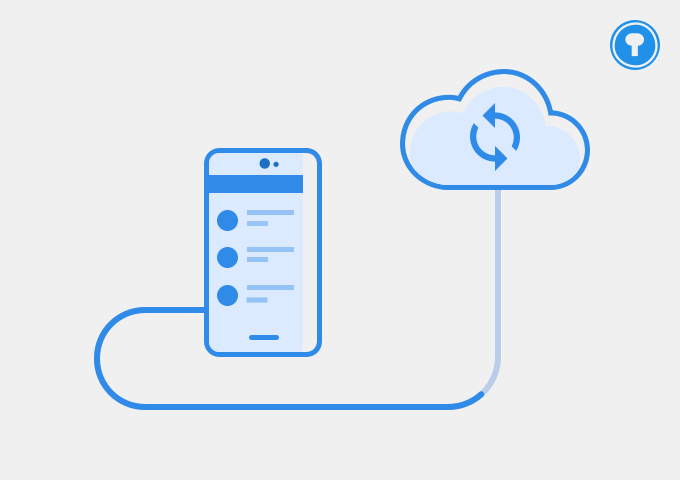In a world where we produce more digital data than food, the need for a reliable data backup solution is the top requirement. Fulfilling these requisites, we have cloud storage which is basically a virtual drive that stores all your data including information, videos, music, picture etc. You can access it through special applications or web browser. That stored data is accessible from anywhere & everywhere. It’s like a virtual portable device which does not require internal power to store information remotely. With the increase in services provided by a cloud a lot of terminologies are stuck with it which might create confusion amongst a layman. We will be clearing the confusion between Cloud Backup and Cloud File Syncing.
The two terminologies might appear to be same but actually their functionalities are unique. Probably this blog will give you a better understanding for choosing the desired option depending upon your need and what interests you more.
What is a Cloud Backup?
On the ground level, a cloud backup enables you to create a replica of your existing data onto a cloud which can be recovered in case of system crash or unexpected data loss. There is no limit of creating replicas of your data. If we dig deep into this, a good cloud backup should ideally provide you with the following features:
- In order to enhance the secure transmission of your data without any vulnerable intrusion in between, the files are encrypted before going to the destination with ciphers and transmitted securely to the destination. This encryption eliminates the inclusion of any malicious entity in between the transmission process.
- A cloud backup is a backend process which does not require any active monitoring. Your device is totally available to you while the backup runs in the background.
- To avoid the data redundancy, cloud backup only backs up data that is subject to change over time, instead of uploading the entire data onto the cloud thus saving bandwidth and storage.
- Cloud backup create different versions of backed up data and one can restore the data from any version of backed up files. Suppose you want to restore the data you backed up for the first time and you don’t want the data that was altered, so you can restore the data from the first version to your local system.
- You can backup unlimited data.
- Whatever changes you make to the data on your local system does not alter the data backed up on the cloud. Any modification on your local system won’t subject to change on the cloud. Once uploaded, they become independent of each other.

What is Cloud Syncing or Cloud Synchronization?
Cloud Syncing is a rapid process unlike cloud backup. The major utility of Syncing the data is to making a subset out of it and make it available across multiple devices and people. The major attributes of cloud syncing are:
- It lets you choose what has to be added into the subset and shared across multiple devices.
- If any changes are made to any file on one device, it will automatically modify the changes to the same file on all the devices synced to it.
- Since there is a limited data that we choose to sync and share to multiple devices, it would not require much bandwidth and other resources.

How Cloud Backup and Cloud Syncing are unrelated to each other?
There can be certain factors on which we can employ to understand the difference better:
Security
Since the files are encrypted in the Cloud Backup process before and after the transmission, it makes the data secure over the cloud whilst the data is not limited to a particular entity. Since it needs frequent syncing and sharing, the data is not encrypted. And in case if there is intrusion of undesired element such as virus or malicious threat in a file then all the devices synced with it will get affected.
Management
Managing the files is automated during cloud backup, it is backstage process which automatically backs up our entire libraries and directories and on the other hand syncing requires manually choosing what needs to be synced and shared.
Replication
The Main aim of cloud backup is to create a replica to be a support in case of disasters. The size of backup is almost equal to the size of data on your local system and would require a major portion of your cloud storage. While cloud syncing does not account for much data replication since only specifically selective set of data is to replicated thus it does not occupy much of our storage.
Since the pricing models are much flexible these days, you only pay for what you use. It is highly recommended to clone your data by these services, since whatever the data is not backed up or synced is vulnerable due to unexpected events like system crash, theft, loss or malicious attack.


 Subscribe Now & Never Miss The Latest Tech Updates!
Subscribe Now & Never Miss The Latest Tech Updates!